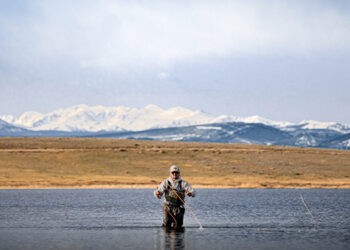Is your facility ready for the growth of collegiate climbing? Is it prepared to reach new heights?
All disciplines and forms of climbing have continued to grow over the years. Two of the fastest growing segments are youth and collegiate competition climbing. At the same time, original climbing walls in colleges and universities are evolving with the trend.
Twenty years ago schools were building iconic climbing areas to draw students in and differentiate themselves. These climbing walls are great to build experience and provide terrain for outdoor programs. These programs teach proper rope handling skills and climbing techniques in a controlled environment. Recreational climbing walls are also a great release from being buried in screens all day and get students active and social.
One big difference between recreational climbing and competition climbing is the wall surface and ‘field of play.’ Recreation climbing lends itself to recreating real rock surfaces with a lot of natural features like cracks, edges and pockets. Competition climbing, on the other hand, needs large flat spaces for route setters to mastermind the placement of climbing holds and create routes with targeted difficulty levels. This way the route-setter dictates where to place feet and hands, with no other option in-between — each climber is then subject to the same problem to get to the top of the route.
Currently, as fast as recreational climbing grows, the curve for collegiate competition climbing is much steeper over recent years and is not showing any signs of slowing down. Accessibility is the main key from a few different angles, including commercial gym growth of 10 to 15 percent, free live feeds of international competitions, and inclusion in the 2018 Youth Olympic Games and will debut in the 2020 Olympics.
Along with success, college athletes have hit a few roadblocks. Organized collegiate climbing teams are still in their infancy. Many teams need to head off campus to train, which leaves some difficulty getting support as an official school sport. As growth continues, this will transition quickly and the issue has become a priority for USA Climbing, the governing body for official competitions.
The future of collegiate competition climbing is limitless. Young athletes rank among the best in the nation, currently at ages 14 to 18. Even more, they will only continue to progress, and as they do, they will search for colleges and universities that will have the climbing equipment they need to succeed in this area of competition. More competition walls are planned for campuses in the coming year. In a short time, we will see new collegiate programs with experienced coaches and route setters hosting their own competitions, and building on the foundation of an exciting sport that will grow student experiences.
Todd Chester is the marketing director at Entre-Prises Climbing Walls. For more information, visit epusa.com or contact tchester@epusa.com.










